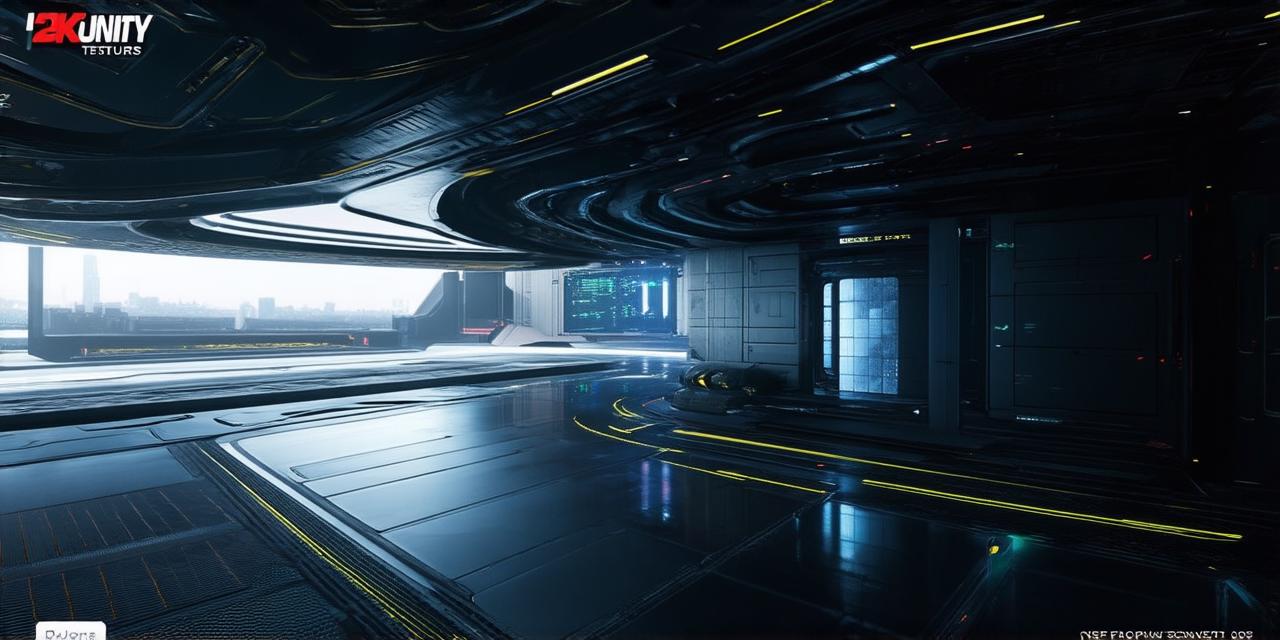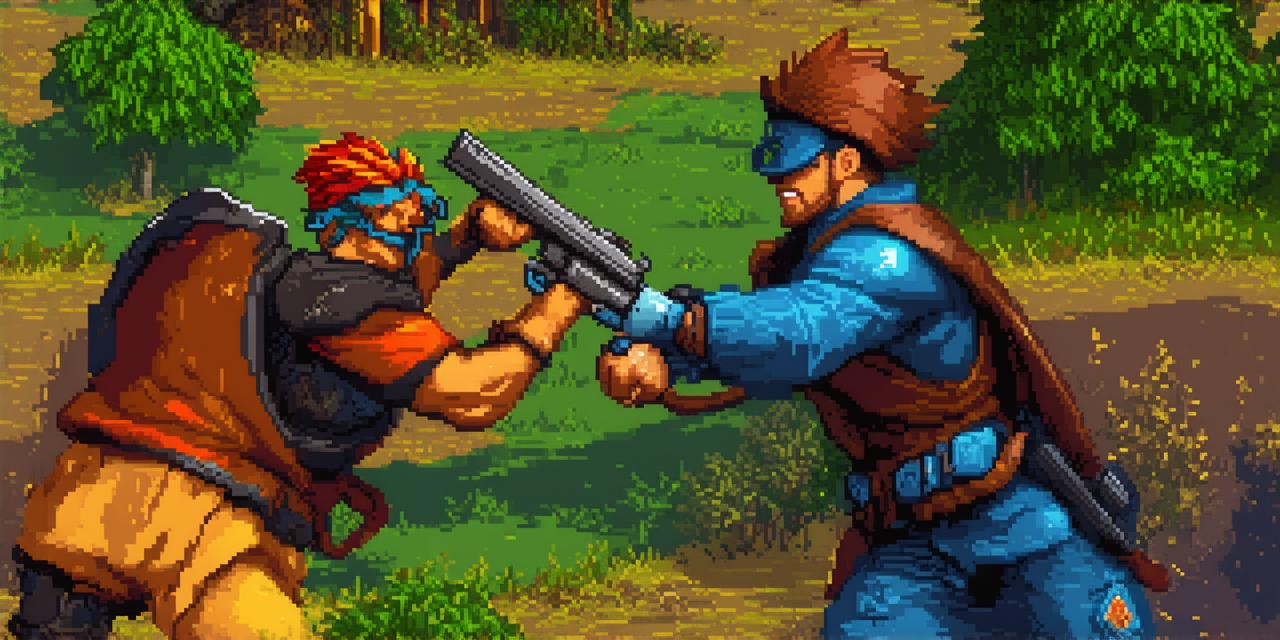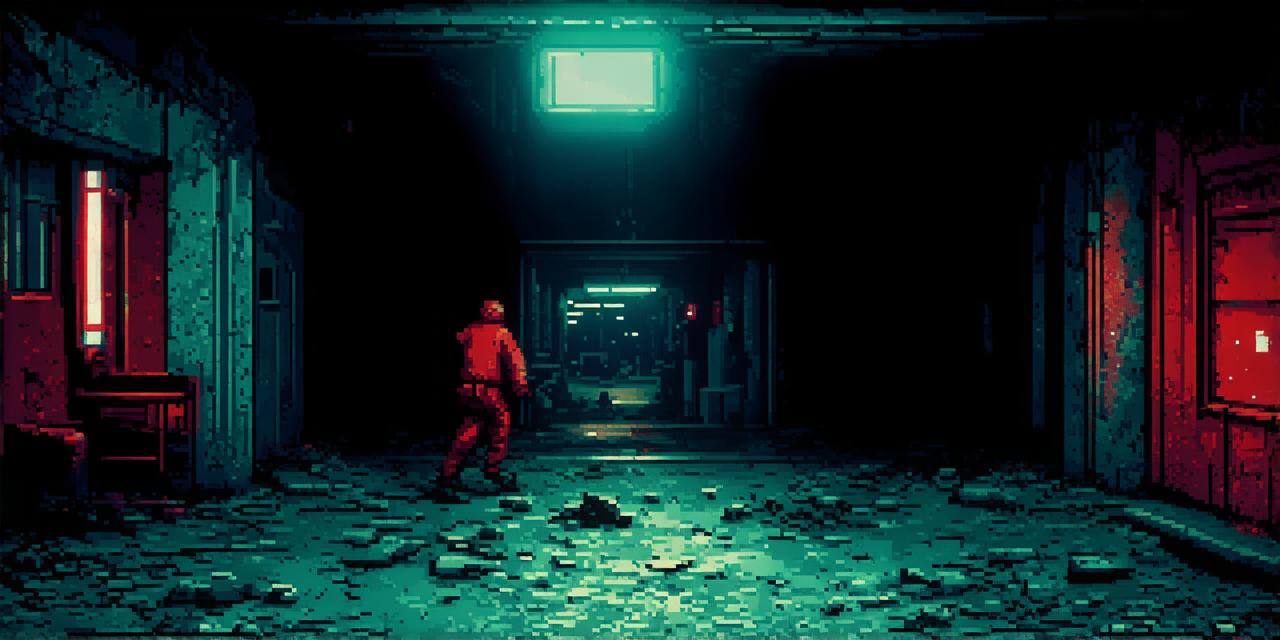Introduction
As a game developer, you have probably heard about the powerful and popular game engine called Unity. Unity is a versatile tool that can be used to create everything from 2D platformers to 3D open-world adventures. In this article, we will provide a step-by-step guide on how to make a video game using Unity. We will cover the basics of setting up your development environment, creating assets, scripting, and testing your game.
Setting Up Your Development Environment
Before you start creating your game, you need to set up your development environment. This includes installing Unity, selecting a project template, and configuring your settings.
Installing Unity: You can download the latest version of Unity from the official website (https://unity.com/download). Choose between the free version (LITE) or the professional version (PRO), depending on your needs.
Selecting a Project Template: Once you have installed Unity, you need to select a project template. Unity offers several templates to choose from, including 2D platformers, 3D open-world adventures, and more. Select the template that best suits your game idea.
Configuring Your Settings: After selecting a project template, you can configure your settings. This includes setting up your screen resolution, aspect ratio, and other display settings. You can also set up audio and video settings, such as enabling or disabling sound effects and music.
Creating Assets
Now that you have set up your development environment, it’s time to start creating assets for your game. Assets are the building blocks of your game, including characters, objects, environments, and more. Unity supports both 2D and 3D assets.
2D Assets: For 2D games, you can create sprites (2D images) using tools like Photoshop or GIMP. You can then import these sprites into Unity and use them as textures for your game objects. You can also create animations using Unity’s built-in animation tools.
3D Assets: For 3D games, you can create models using tools like Blender or Maya. You can then import these models into Unity and use them as game objects. You can also create textures and materials for your models using Unity’s built-in tools.
Scripting
Now that you have created your assets, it’s time to start scripting your game.
Scripting
is the process of writing code to control the behavior of your game objects. Unity supports several programming languages, including C and JavaScript.
C: C is the most popular language used in Unity development. It is a powerful and versatile language that can be used for both 2D and 3D games. C scripts are written using Visual Studio or any other IDE that supports C development.
JavaScript: JavaScript is another programming language used in Unity development. It is primarily used for creating 2D games and mobile games. JavaScript scripts are written using Visual Studio Code or any other code editor that supports JavaScript development.
Testing Your Game
Now that you have created your assets and scripted your game, it’s time to test it out. Testing is an essential part of the development process, as it helps you identify and fix bugs and improve the overall performance of your game.
Debugging: Unity provides several tools for debugging your game, including the Console window and the Debugger. You can use these tools to print out error messages and step through your code to find and fix bugs.
Profiling: Unity also provides profiling tools that allow you to analyze the performance of your game. You can use these tools to identify bottlenecks and optimize your code for better performance.
Publishing Your Game
Once you have tested your game and fixed any issues, it’s time to publish it. Unity supports several platforms, including Windows, Mac, Linux, mobile devices, and more. You can also export your game as a web-based application that runs in a browser.
Before publishing your game, you need to configure your build settings. This includes setting up your build folder, selecting your target platform, and configuring your build settings, such as enabling or disabling compression and optimizations.
Case Study: Creating a 3D Adventure Game Using Unity
Let’s take a look at an example of creating a 3D adventure game using Unity.

Step 1:
Setting Up Your Development Environment
You need to install Unity and select a project template, such as a 3D adventure game template. You also need to configure your settings, such as setting up your screen resolution and audio settings.



